It is a female statuette discovered in 2000 in a Neolithic village called "La Marmotta" in Anguillara Sabazia, dated to the 360th millennium BC, a site currently submerged by the waters of Lake Bracciano, about 10 meters from the shore and about XNUMX meters deep from the water level. The statuette was carved in a small block of green steatite, probably obtained from a pebble of volcanic origin and reproduces a female figure in the round in a seated position, with extreme accuracy of detail. The head seen in profile has a conical shape, without details of the face, with the hair gathered in a sort of oblong hood which falls over the shoulders; the neck has engraved a deep furrow between the head and the shoulders, perhaps because, using a string, it could have been used as a pendant, but in reality the artifact does not show any traces of wear, therefore it was probably placed in the place found shortly after the its manufacture. Her shoulders are straight, the bust is slightly tilted back, while the stomach, hips and thighs are particularly voluminous; on her belly the navel and the pubis are well marked, which has a triangular shape. Her arms are rounded, folded to support her voluminous, drooping breasts, devoid of hands. The thighs and legs are separated by a vertical groove and end almost in a point to indicate the feet.
Although the features of the artefact could stylistically recall some of the steatopygian Venuses of the Upper Paleolithic found in various parts of Europe, the context of the discovery dates it back to the Neolithic, linked to the cult of the goddess protector of the fertility of the earth and the fecundity of men and animals.
In fact, the statuette was found inside the village, under the floor of a rectangular building which, different from the other buildings in the same village, was identified as a sacred place, for religious use; inside, in the same area where the statuette was buried, fragments of ochre, piles of charred seeds near a hearth and various artifacts were found (such as decorated sheep and goat bones, vases and bowls painted or imprinted with particular motifs), all functional elements that refer to ritual practices typical of the Neolithic cult of the "mother goddess". The gesture of inserting a female statuette into the foundations of some houses can be found in the rites practiced between the XNUMXth and XNUMXth millennium BC by the first farming communities of the Near East (Hacilar, Catal Huyuk, the culture of Halaf), of Thessaly and of the Danubian-Balkan areas, as a propitiatory rite for the inhabitants of the house or of the village.
Scholars have also proposed a Paleolithic dating for the figurine, as among the approximately 7000 finds found in La Marmotta, at least two others are referable to this date, found intact within the village, with some small adjustments linked to subsequent reuse. The proposed hypothesis refers to the nearby site, near the Arrone river, which in the deposits of the base levels contains lithic industry referable to the Upper Paleolithic and therefore, the figurine together with the other finds, could have been transported from this place to the Neolithic village and used for worship. This hypothesis is confirmed by the stylistic study of the figurine and its comparison with other figurines dated to the Paleolithic, a study conducted by the archaeologist Margherita Mussi which therefore dates it back to the Paleolithic.
The village “La Marmotta hypothetically covers an area of about 2 hectares; the submerged area investigated is on the south-eastern shore of Lake Bracciano, at a depth of between 4 and 11 metres. From the analyzes several construction phases have been found, starting from the first half of the XNUMXth millennium BC; to date, it is still not certain why the site was abandoned, probably due to the gradual change in climatic conditions that prompted the inhabitants to move to a more comfortable place.
The houses consist of huts on oak poles, built on the old shoreline, arranged in an orderly and planned alignment, with a layout oriented in a North-South direction and about 2 meters wide, with various minor streets oriented towards East- West of the width of 1-1,50 meters. Inside the buildings there is an internal partition, indicated by the different consistency of the flooring, between the southern portion, where daily life presumably took place, and the northern one, behind it, intended for storage and perhaps shelter for some species of domesticated animals. Among the finds were found: numerous ceramic vases of various shapes for different uses (glasses, plates, large containers for liquids and grains), belonging to the Impressed Ceramics culture of the middle Tyrrhenian Sea; stone tools (axes, hatchets, sickles, millstones, pendants, beads), flints, animal bones and obsidian, the latter testifying to commercial contacts with the Pontine and Aeolian islands; finds that confirm the existence of a vast agricultural economy (legumes, cereals, seeds, fruits, etc.; the discovery of opium poppies is interesting, probably linked to cult practices) and hunting (remains of roe deer, deer , wild boar, fish, etc.); models of ceramic boats found inside the huts, probably linked to cult or shamanic practices (these are the oldest specimens of the kind in Europe). In an area of the village, probably used as a shipyard, five pirogues have been identified, each made from a single oak trunk and tapering towards the bow; one of these, Marmotta 1, was well preserved and under construction. These findings have shown that, for the first inhabitants of Bracciano, the lake was a source of livelihood but also used to move from one place to another and these boats were built with extreme care and attention.
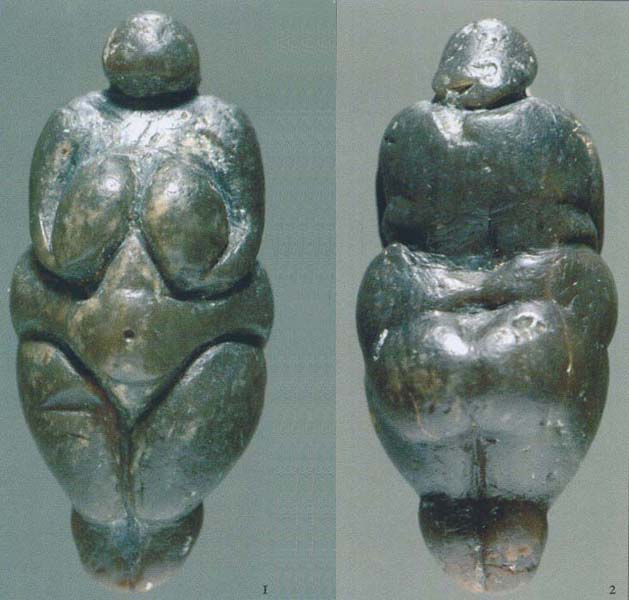
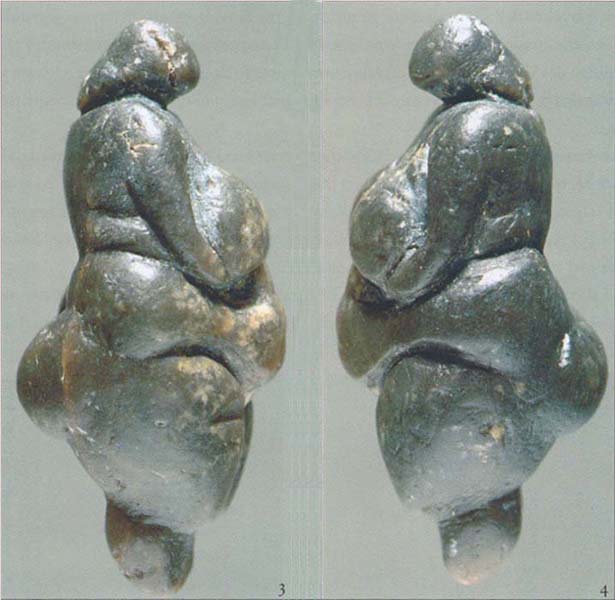
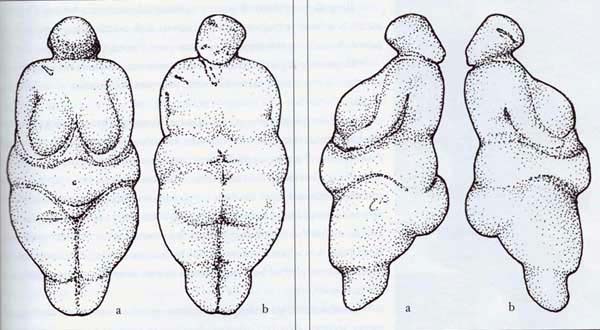
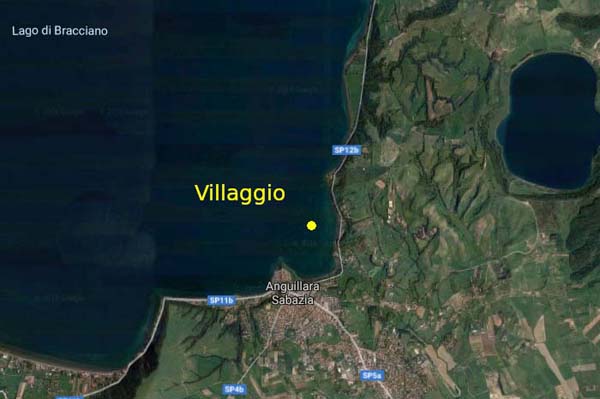
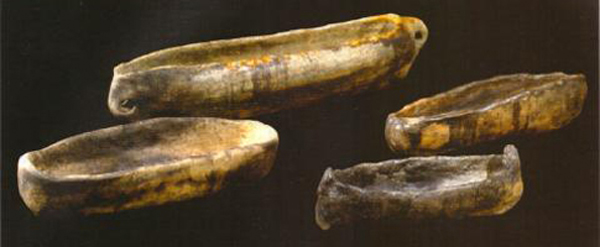

Historical notes
The discovery of the statuette took place in October 2000, during the underwater excavation campaign of a building belonging to the Neolithic village around the lake of the Marmot, below the floor of the house, on the first archaeological level above the sterile clay of basis; the director of the excavation was the archaeologist Maria Antonietta Fugazzola Delpino, Special Superintendent of the "Luigi Pigorini" Prehistoric Ethnographic Museum in Rome. The statuette comes from the oldest area of the town, the one that had been frequented during the early stages of life of the village dating back to the first half of the 1989th millennium BC The discovery of the Neolithic village took place by chance, during the excavation works carried out on the lakebed on behalf of ACEA (the municipal electricity and water company of Rome) in the spring of 1992 for the installation of a new aqueduct. As a result, from 2006 to 2009 (and a brief intervention in XNUMX), annual underwater excavation campaigns took place, assisted by the Special Superintendency of the Luigi Pigorini National Prehistoric Ethnographic Museum in Rome, which allowed to bring to light one of the most important lake sites of Europe.
CARD
LATEST PUBLISHED TEXTS
VISIT THE FACTSHEETS BY OBJECT

